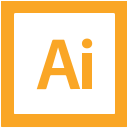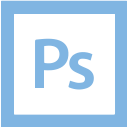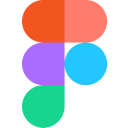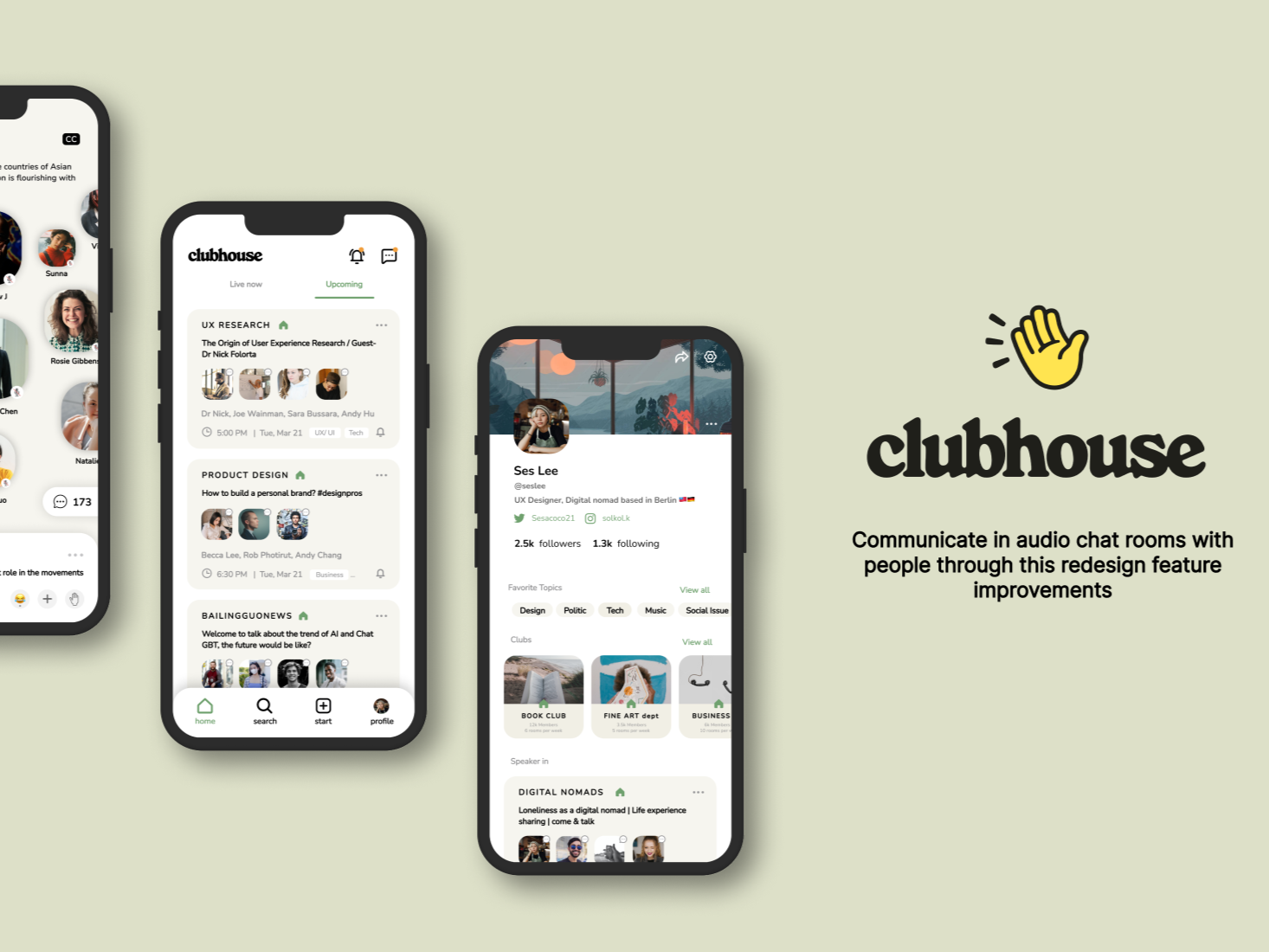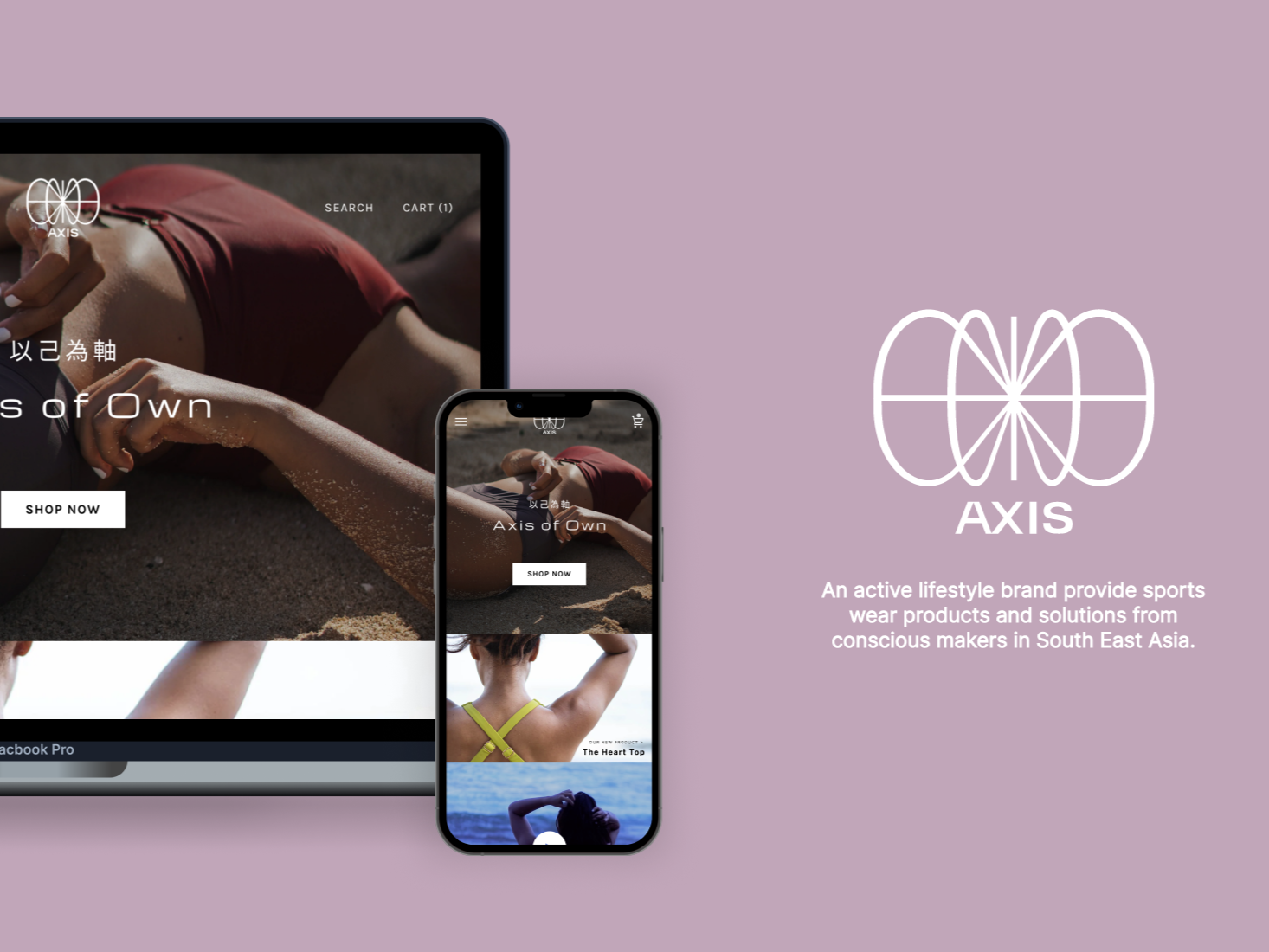MUSICO | UX / UI Design, Mobile app

Full Case Study-> https://yivalee.com/musico
PROJECT NAME
MUSICO
TIME
Aug - Oct 2022 ( 12 weeks )
ROLE
Solo Project, UX / UI Design
Problem
Music lovers found the difficulty to find the
motivations to attend their favorite events
Being a music lover, I have noticed that despite having many enthusiast friends, it can be challenging to attend events together. I began to wonder about the factors influencing their decisions, beyond the line-up and music. However, I also observed a general discouragement among my friends when it comes to attending events. This sparked the question: why is there this lack of motivation in attending events?
The Solution
Music partners and attendance are the key

Research
Users usually check music partners
attendance on social media
Starting with foundation research, I began to draw from secondary research articles and had interviews with users. I noticed in Asia and Taiwan society, most of users mainly explore events on facebook then book the tickets on other platforms. But the problem showed up, “How can we know our friends are actually going or they won’t show up?'“ Which is encouragement and motivation for users, moreover it’s important for event organizers and stakeholders to analyze the attendance.

Competitior Anaylsis
The competitor had NO PARTICIPATION aspect
While keeping the above statistic in mind, I analyzed the 2 most popular apps in the world and 2 most common apps in Taiwan for concerts/events booking. I found that none of them had this aspect of an music partner to help the user achieve their attendance. This then became my opportunity for the solution.

User Interviews
My interviewees were 3x more likely to succeed
when there was partners attendance on their bookings
Although I saw from research attendance was important, I’ve conducted interviews with 6 friends who failed at achieving their bookings. I’ve asked them questions below to find trends on why they failed at some attendance versus others then organised my data through affinity mapping.
RESEARCH QUESTIONS:
Tell me about the last event you tried to make it?
What was the most difficult part about trying to book a ticket?
What motivated you to start in the first place?
What was your process for trying to book that ticket?
Tell me about a time you had interested in a music event and complete the booking.

The Main Insights
None of the previous apps my interviewees are
satisfied due to a LACK of Partner Attendance
Based on the trends in my affinity map, I’ve noticed how if there is no pain or real consequence (accountability) associated with NOT achieving their goal as was the case in previous apps they’ve used, motivation to continue cease to exist.

Persona

Design
Setbacks + a new direction
At first, I spent 2 weeks trying to play with two different directions: chatting function, music listening function. However, upon thinking about its effects I realized that on a daily basis, using either of them may be more of a hassle than a benefit. The same effects can be achieved though a simple ticketing app.
Testing & Improvements
3 major improvement in my design
Based on various feedbacks from 8 other mates + mentors, I continually iterated my design over the span of 4 weeks- with 3 major improvements:

Prototyping
The final screens

Link my Full Figma File HERE
App map/ flow

The Style Guide

Conclusion+ Lessons Learned
What I’d do differently next time
This was my first UX app project (hehe)! 🎉
And I'm thrilled to have gone through the entire UX process.
Here are a few things I learned along the way:
- Iterating as much as possible is essential. During the early stages of my project, I explored many different options to find the best solution for my users. I restarted my project over three times and made over seven iterations of my FIGMA file to ensure that every aspect of the app was designed with intention. I still have more ideas to iterate on, but I now have a better sense of understanding the standards and principles for future projects
- Focusing on balance in each direction is crucial. While exploring solutions by playing around with other sites and apps was helpful at first, it was difficult to balance all the potential needs. Going forward, I aim to become better at communicating these tradeoffs with the user so that I can make better design decisions for myself, my mentor, and future recruiters.
- Be insightful. Initially, my case study was full of unnecessary text that didn't tie everything into the bigger question: "What's the main problem for the users, and what's the bigger picture?" Therefore, I cut it down by more than 50% and focused on the major points in my project. I believe focusing more on the insights will improve my storytelling abilities to others.
- I didn’t fail- I’ve found 100 ways that didn’t work. By noticing mistakes in my UI and foundational UX problems in my app, I'm grateful to have constantly asked for feedback from my peers and my mentor. Ultimately, I pushed to make the app as best as I could and did not let my own thinking stop me from questioning if my own decisions were truly best for the user.
Thanks for your reading!
Enabling diverse music lovers to find the best matches events
完整產品研究 Full Case Study: https://yivalee.com/musico
Please login to comment.



